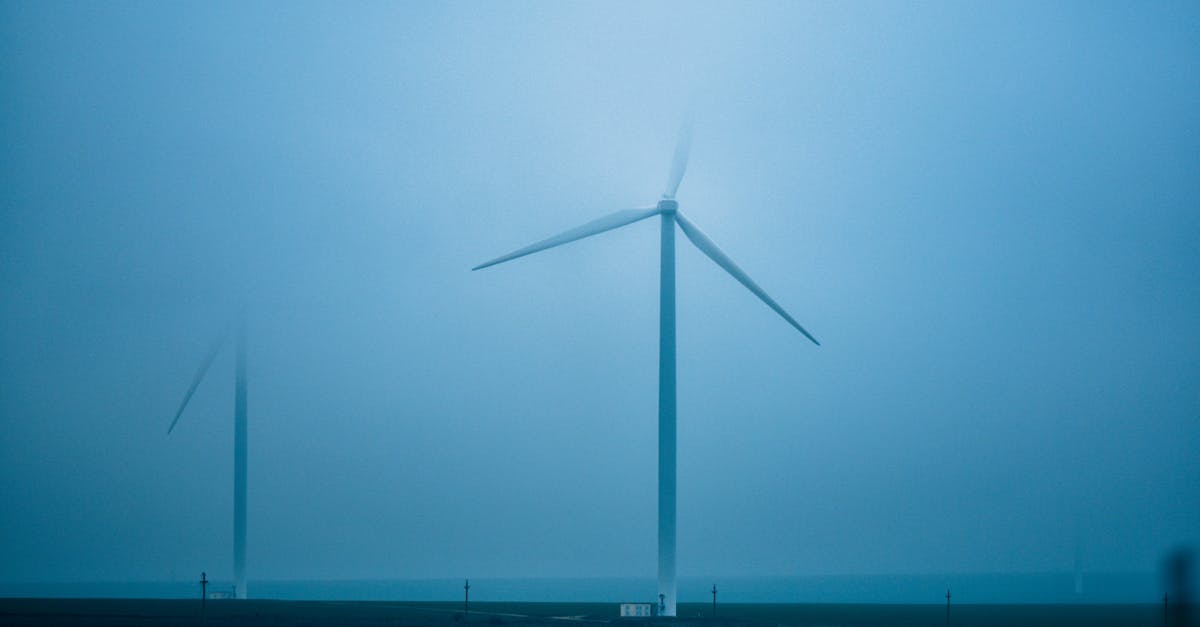Unlocking the Potential of Atmospheric Water: A Sustainable Solution for Water Security

Harnessing the Power of Air: A New Era of Water Extraction
Water, the elixir of life, is essential for all living beings. While we often think of water as something we get from rivers, lakes, or the tap, there’s actually another source of water that’s often overlooked: the air.That’s right, the air around us contains a vast amount of water vapor, just waiting to be extracted. And with the development of innovative water extraction technologies, we can now harness this resource to meet our water needs.
Thank you for reading this post, don't forget to subscribe!
In this comprehensive article, we’ll delve into the fascinating world of water extraction from air, exploring how it works, its benefits, and its limitations. We’ll also analyze the power consumption and efficiency of these devices, as well as their environmental impact and sustainability. Finally, we’ll examine the financial aspects of water extraction from air, including upfront costs, operating expenses, and potential savings.
1. Understanding Water Extraction from Air
Understanding Water Extraction from Air
Water extraction from air is a process that has been gaining increasing attention in recent years, as the world faces growing water scarcity. This technology has the potential to provide a sustainable source of clean water, even in areas where traditional water sources are scarce or unreliable.
So, how does water extraction from air work? These devices use a process called condensation to extract water vapor from the air. The air is first passed through a cooling system, which causes the water vapor to condense into liquid water. The condensed water is then collected and stored for use.
Water extraction from air has several benefits. First, it is a sustainable source of water. Unlike traditional water sources, such as rivers and lakes, which can be depleted or polluted, the air is a constantly renewable resource. Second, water extraction from air can be done anywhere, regardless of the local climate or geography. This makes it a particularly attractive option for areas that are struggling with water scarcity.
2. Power Consumption and Efficiency
Power Consumption and Efficiency
The power consumption of water extraction devices is a key factor to consider, as it can impact the overall cost and sustainability of the technology. The amount of power required to extract water from air will vary depending on several factors, including the humidity level of the air and the efficiency of the device itself.
In general, the higher the humidity level, the less power it will take to extract water from the air. This is because humid air contains more water vapor, which makes it easier to condense into liquid water. Additionally, technological advancements have led to more efficient water extraction devices, which can extract more water with less energy input.
When choosing a water extraction device, it is important to consider both the power consumption and the efficiency of the device. A more efficient device will use less power to extract the same amount of water, which can save you money in the long run.
3. Environmental Impact and Sustainability
Environmental Impact and Sustainability
The environmental impact of water extraction from air is an important consideration, as we strive to create a sustainable future. One of the key concerns is the energy source used to power these devices. Water extraction from air is an energy-intensive process, and if the energy source is not renewable, it can contribute to greenhouse gas emissions and climate change.
However, it is important to note that water extraction from air can also be powered by renewable energy sources, such as solar and wind power. This can help to reduce the environmental impact of the technology.
Another potential environmental concern is the release of refrigerants into the atmosphere. Refrigerants are used to cool the air in water extraction devices, and if they are not properly disposed of, they can contribute to climate change. However, there are environmentally friendly refrigerants available, and manufacturers are increasingly using these refrigerants in their devices.
4. Cost Considerations and Return on Investment
Cost Considerations and Return on Investment
The cost of water extraction from air is an important consideration for anyone looking to purchase one of these devices. The upfront cost of a water extraction device can range from a few hundred dollars to several thousand dollars, depending on the size and efficiency of the device.
In addition to the upfront cost, there are also operating expenses to consider, such as the cost of electricity to power the device and the cost of maintenance. The operating expenses will vary depending on the size and efficiency of the device, as well as the local cost of electricity.
Despite the upfront and operating costs, water extraction from air can provide a number of potential savings. For example, if you live in an area with high water costs, you may be able to save money by using a water extraction device to supplement your water supply. Additionally, water extraction from air can help you to reduce your environmental impact by reducing your reliance on traditional water sources.
How much water can I extract from the air using a water extraction device?
The amount of water you can extract from the air using a water extraction device will vary depending on several factors, including the humidity level of the air, the size and efficiency of the device, and the temperature of the air.
How often do I need to maintain my water extraction device?
The frequency of maintenance for your water extraction device will vary depending on the specific device you purchase. However, most devices will require some basic maintenance, such as cleaning the filters and checking the water level, on a regular basis.
Can I use a water extraction device to purify water from other sources?
Some water extraction devices can be used to purify water from other sources, such as rainwater or well water. However, it is important to check the manufacturer’s instructions to make sure that your device is capable of purifying water from other sources.




